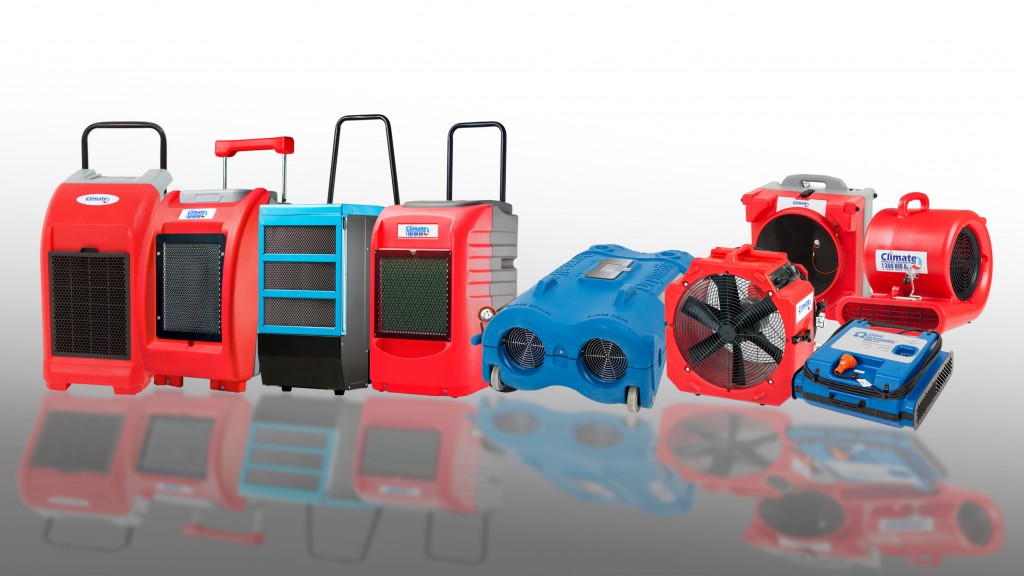A Checklist For Safeguarding Your Building Against Heavy Rains and Flooding
The most common causes of water damage can be avoided, such as old plumbing or leaky pipes. It is an issue that many buildings suffer from, and if adequate precautions are not taken to avoid the severity, it can be extremely expensive. Flooding caused by weather disasters is also concerning as it is becoming more frequent and severe due to climate change. Once water is at the level of your floor and goes an inch above, significant damage is caused. Therefore, protecting your office building, factory, or home becomes even more crucial, before you may need to call in the flood restoration professionals.
When constructing a checklist for safeguarding your building against heavy rains and flooding, it is extremely important to assess all the internal and external risk factors surrounding this. You should then consider performing a range of preparations and renovations to avoid the risk and limit the damage, if flooding were to occur.
Here are some recommended measures you should take to safeguard your building against heavy rains and flooding:
Raise electrical outlets, switches and appliances
Where possible, it is necessary to place your fuse boxes, electrical sockets, and wiring to at least 1.5 metres above the floor. This will help to avoid the risk of cabling becoming damaged in the event of a flood. Your television should also be mounted to the wall at the same height. This is due to the fact that a majority of flood damages occur at a depth of less than a meter.
Fuel tanks, generators, heaters and air-conditioning units should be anchored and placed above flood level. These should never sit on the ground, otherwise in the case of a flood they will become useless.
Modify your water valves
Sewage can back up into your building if the sewer system becomes flooded. In order to prevent this from happening you should make sure all pipes entering the house have valves. Gate valves would be recommended as they have a better seal against flood pressure than that of flap or check valves. Gate valves automatically open to allow water to flow out and then close when water tries to get in.
Raise your building on stilts or piers
Raising your house on stilts will raise your house’s flood level, which will greatly protect your home since even an inch of flood water can lead to significant damage.
Change your landscaping
This is important due to the fact that if your lawn tilts toward your house, rainwater will pool around your house. Rather use a heavy soil that contains the content of clay and sand to adjust the level of the land so that surface runoff empties into a better place like a street gutter. If you have concrete or asphalt driveway, consider changing to gravel or brick. Also place a rain barrel beneath a gutter downspout as this will help reduce flooding and pollution of local waterways, as well as allay basement flooding.
Close foundation cracks
Coatings and sealants that you apply to your foundation, walls, windows and doorways will help prevent water from leaking into your building through cracks.
Install a sump pump or foundation vents
These are a form of ‘wet flood-proofing’ in the respect that they allow some surface water to enter the house rather than pool around it. This can significantly decrease the overall damage and the approach is best suited to buildings that contain basements. It provides both an outlet for flood water and relieves the pressure that it places on your buildings walls and basement windows.
When flooding has begun
If you are unlucky enough to be affected by water damage in your building which has caused wet carpet walls, flooring and other surfaces, call a flood restoration professional as soon as you can. This is due to the fact, that the faster the water is removed and the drying process begins, the easier it is to restore the flood damage. It may be necessary to rent a portable dehumidifier to remove excess water vapour, and portable flood restoration equipment such as carpet blowers, extraction fans, and airmovers to avoid the issue of mould growing.
Overview
Now that we’ve briefly discussed the importance of regular structural checks in your industrial/ commercial office space or home, Climate Rental Solutions have a large range of Evaporative Coolers, Air Conditioning, and Dehumidifiers to suit any size room or building. Our experienced staff are on hand to take your call and enquiries on 1300 447 247 or contact us online, and we’ll respond as soon as possible.

